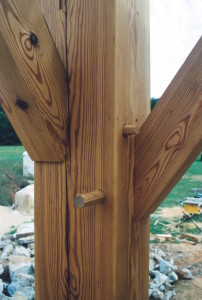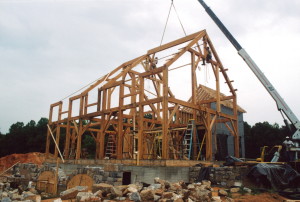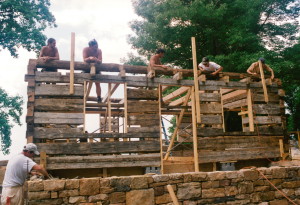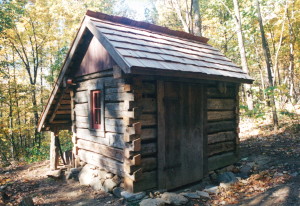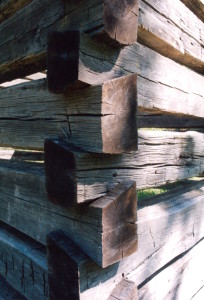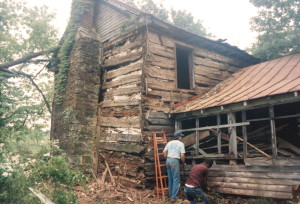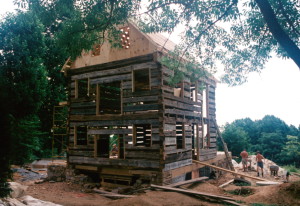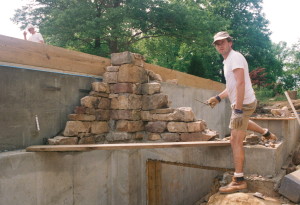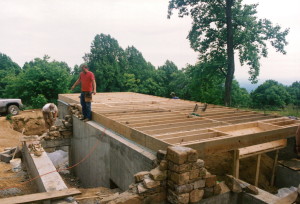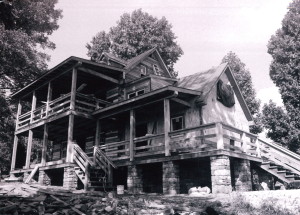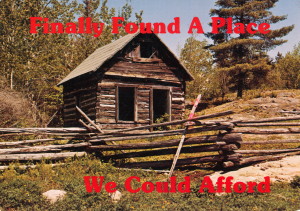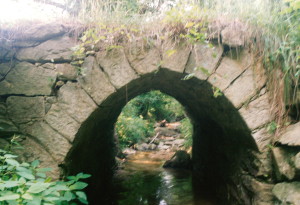Heart pine
Heart pine timbers… of all the species of wood in the world, it is my favorite. It was one of the main reasons that England settled this country, they needed this wood to build their ships. The only way to get heart pine lumber like this is to salvage it from old factories and once that source dries up, it’s gone for good.
Originally posted 2015-02-10 11:43:44.

